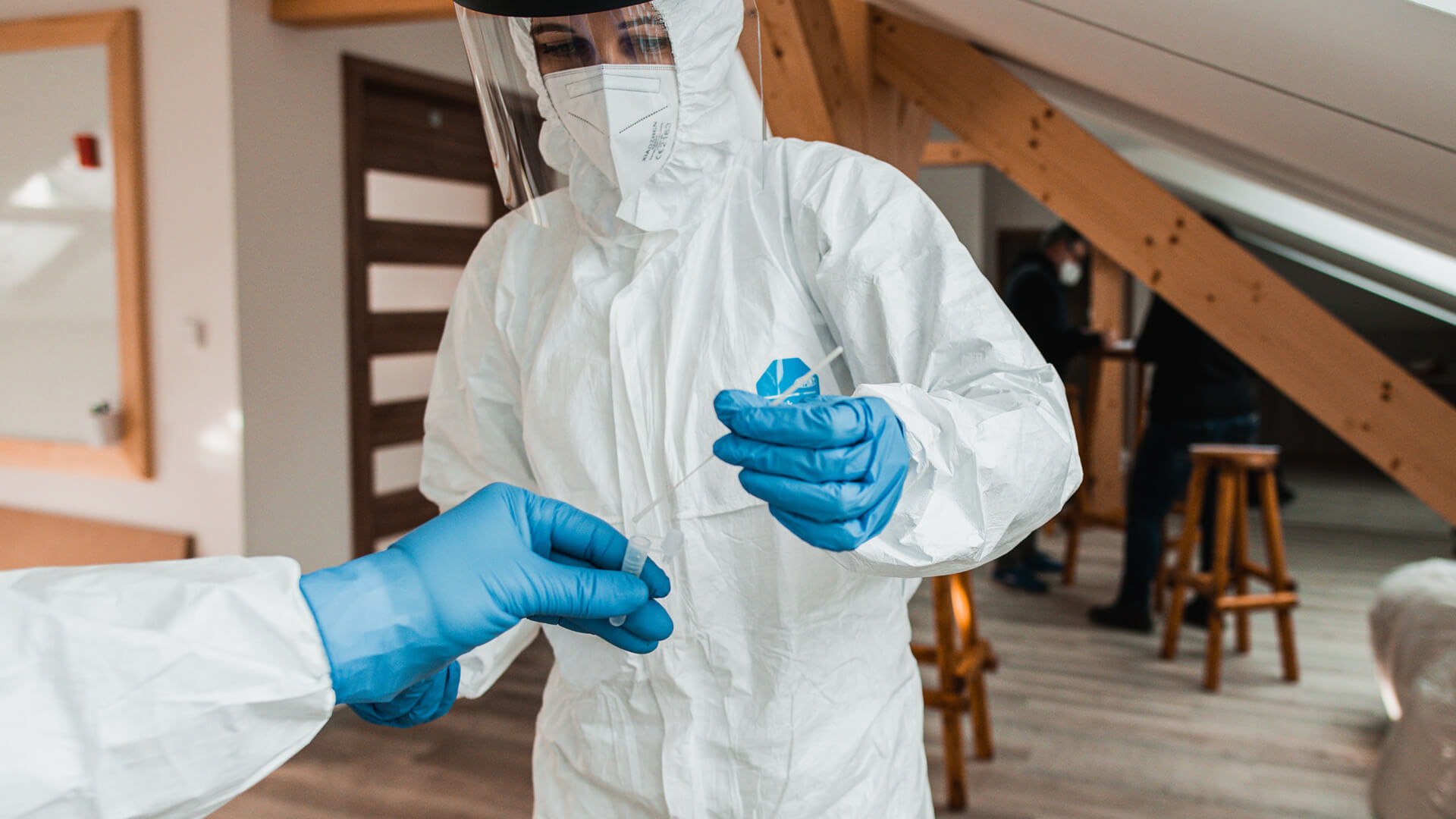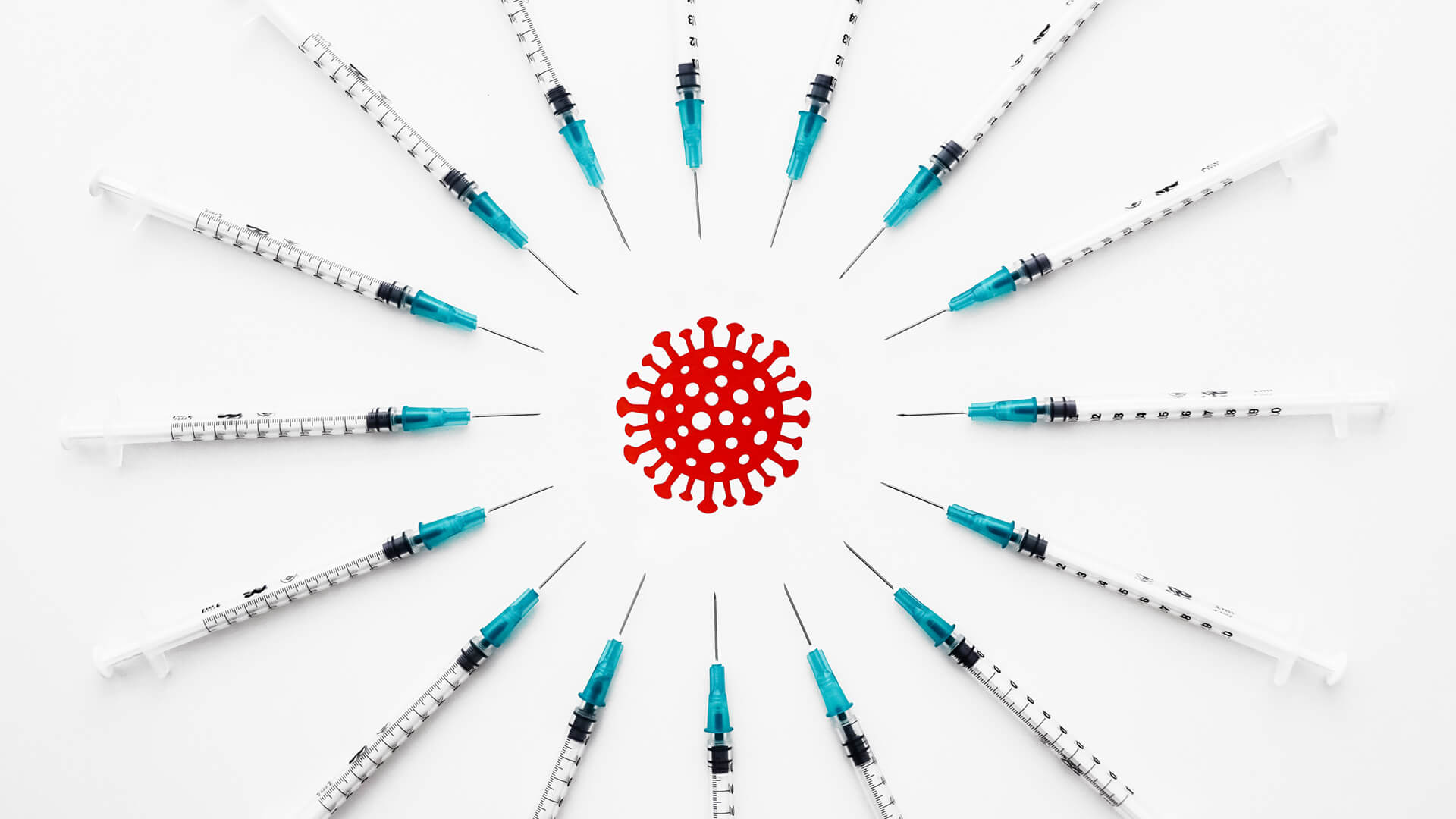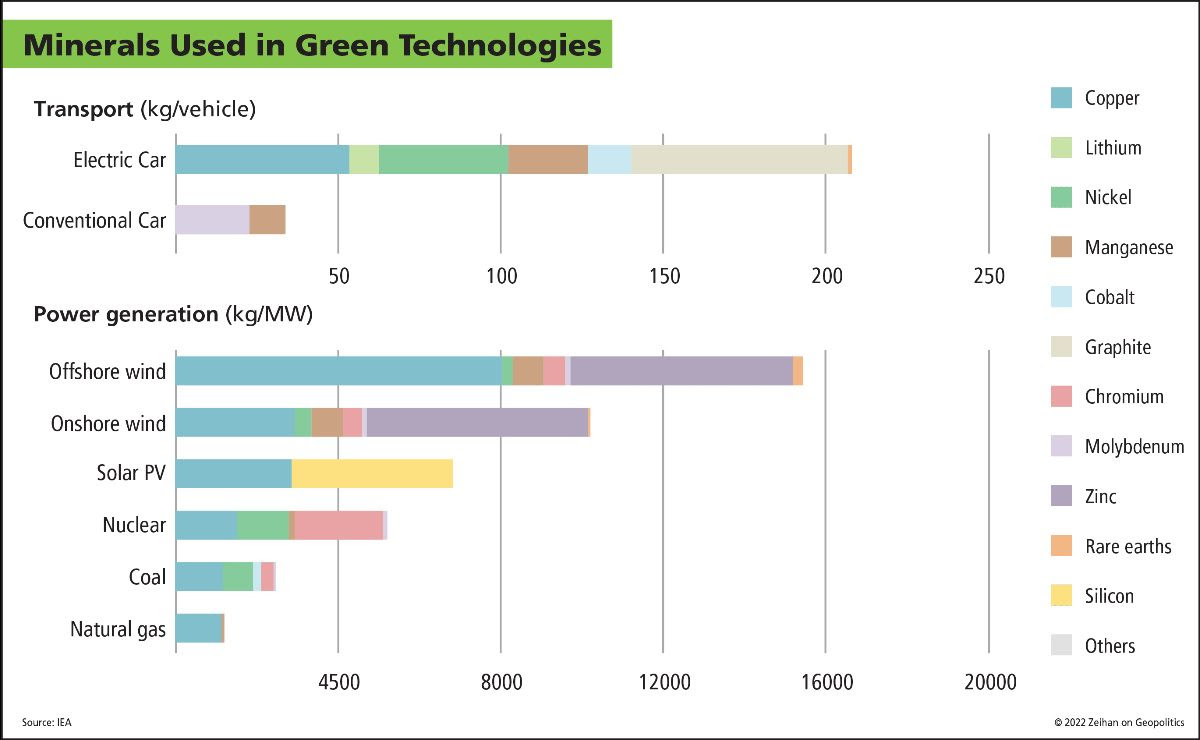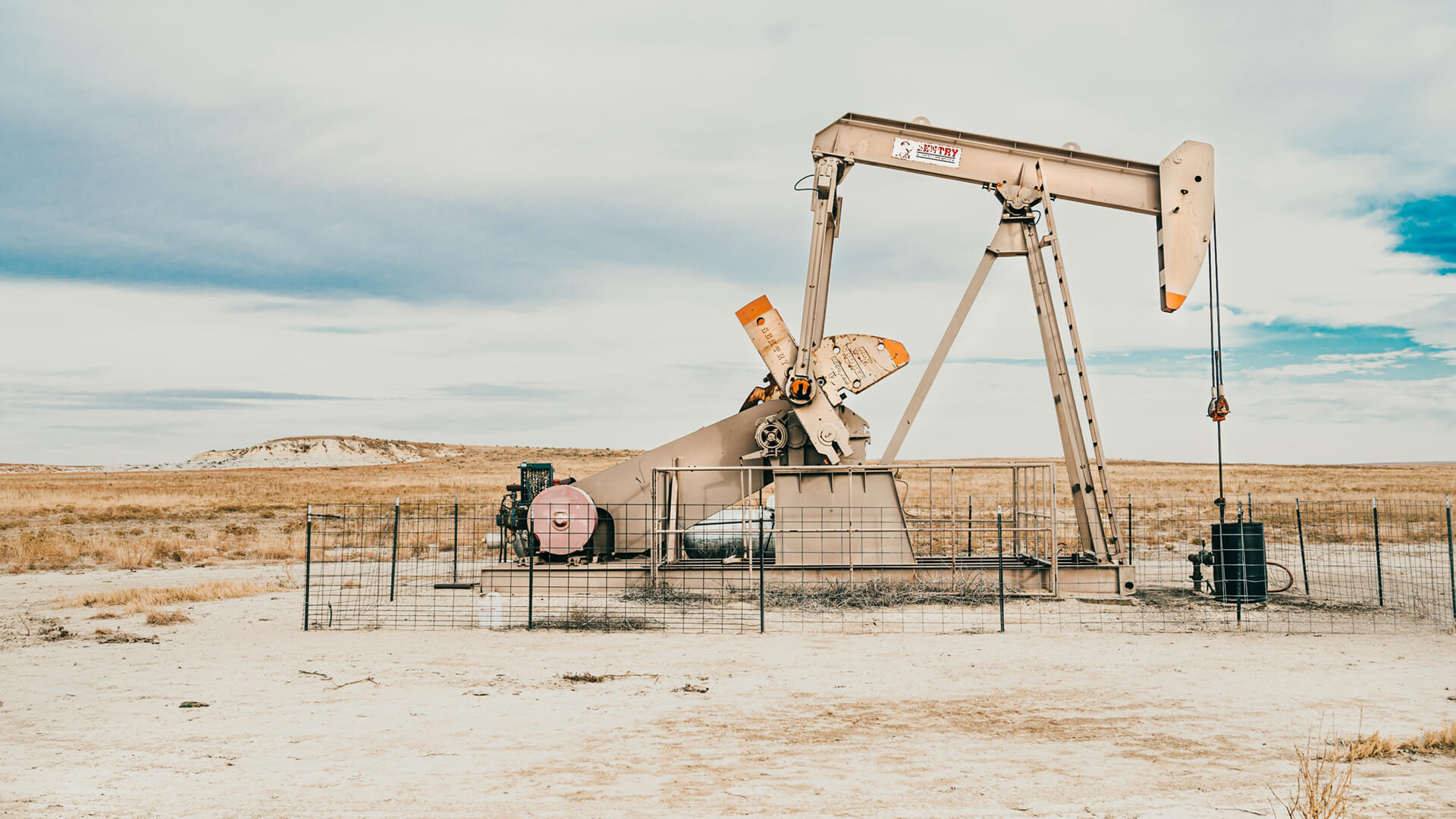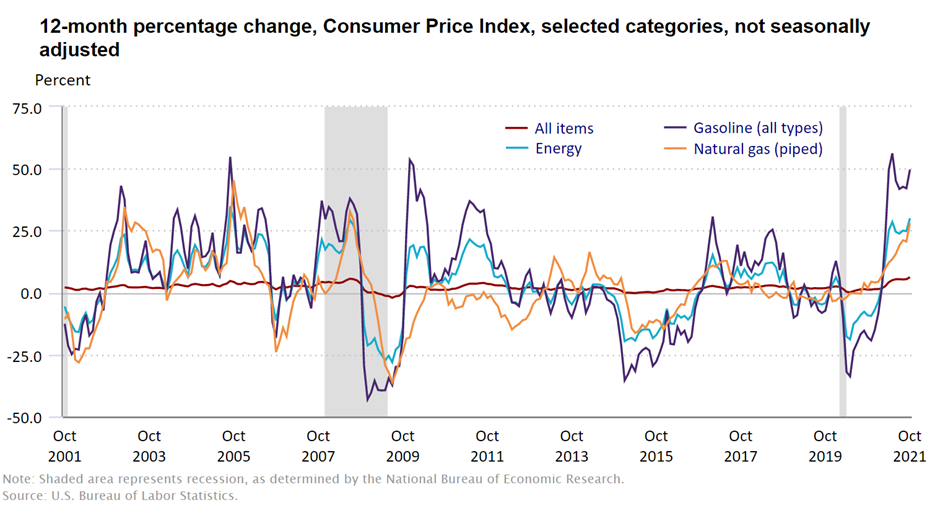I’m sure a lot of you have noticed that I haven’t mentioned much at all about the Omicron variant of the coronavirus. It really boils down to one factor: reinfection.
Coronavirus is fast. With the original strain out of Wuhan, as well as the Alpha variant, you would be exposed, then 2-5 days later you’d develop symptoms, then you’d be ill for another 2-20 days, then you would recover. Your exposure would grant you a degree of resistance that could last anywhere from four months to over a year. After that period of time, you could be reinfected.
The same general process followed with Delta variant which was the world’s dominant strain for most of 2021, but with Delta the reinfection window shrank down to as little as two months. One of the leading reasons I am so pro-vaccine is not simply that the vaccines are safe and prevent death and most hospitalizations, but the resistance they grant you lasts longer than if you suffered through the virus itself. With the original strain, vaccine-granted resistance was so strong that in most cases would the virus would be killed as soon as it entered your body. Against Delta, vaccine-granted resistance typically lasted over six months.
The United States has one of the world’s healthiest demographic structures, but COVID has killed a million of us. If there is a way to prevent the virus from damaging America’s demographic strengths, it has been the vaccines. Cheap. Effective. Available.
Or you could choose to be unvaccinated, and in doing so get sick over and over and over and over again. That’s why I started harping on the vaccines in June of 2021. Delta had been around for over six months and we had a strong idea of just how easy it was for the unvaccinated to suffer repeat infections. But things have changed.
Now we have Omicron. It has only had a name for two months. It hasn’t been around long enough for a meaningful number of people to catch Omicron, recover from Omicron, and potentially get Omicron again. Its reinfection profile is a critical unknown.
Every time we get a new variant, we get a new reinfection profile, and so the goalposts move. At present, with Omicron, it is simply too soon to know where those goalposts have moved to. And so for now, I don’t have much to forecast about Omicron’s mid-to-long-term impact.
That’s the first big point. The second has to do with the vaccines themselves.
All the vaccines in use today were designed for the original Wuhan strain. But that strain is now extinct. The Delta variant emerged in India in late 2020, and in about six months spread so aggressively that it wiped out both the original strain and the Alpha variant. Globally.
Now, evolved from Delta, we have Omicron, a variant even more communicable. It will probably wipe out Delta in the United States sometime in March (which is also when we will probably have some of our first answers about Omicron’s re-infection profile).
Original strain to Delta to Omicron – we are now two viral generations removed from the original strain we based the vaccines on. The vaccines – especially with boosters – are still highly effective at preventing hospitalizations and deaths, but the days of completely preventing symptoms, much less sterilizing immunity, are long in the past.
In that I am perhaps Exhibit A. I’m vaxxed. I’m boosted. I probably recovering from Omicron right now. I say “perhaps” and “probably” because it took four days to get tested and I have been warned that processing the test could take eight more. I’m hardly the only American who has noticed a problem here.
Omicron is the most communicable pathogen currently in circulation and it has overwhelmed…everything. The week of January 17 something like 15 million Americans missed work either due to suffering Omicron directly, or because they were caring for someone who had Omicron. That’s the second-biggest impact to the workforce from a health-related issue ever – topped only by the national lockdown of March and April 2020 itself.
Our systems are overwhelmed. Not because of lockdowns – very few places are trying that again – but because of sickness. Omicron’s high rate of transmissibility means that it is probably infecting over a million people a day, and last week it killed nearly as many Americans as Delta did at its peak. Is Omicron less lethal? Definitely, but it is so much more communicable the death tallies rival.
Bottom line? We need to update our vaccine formulas. Yes, getting vaxxed and boosted with what is on hand is still by far the best way to prevent deaths and hospitalizations. But we can do better. One of the beautiful things about the new mRNA technology is that techs can update the formula in a matter of days, and alter production runs within a couple of months. The firms that manufacture the mRNA formulas – Pfizer and Moderna – suggest that by April we can be churning out updated formulas that use Omicron as the baseline (as opposed to the original Wuhan version). If past proves prologue, we could get back to the heady days of May 2021 when we had a platinum-standard vaccine formula that provided something very close to sterilizing immunity. That’d be awesome.
It won’t last of course. America’s anti-vax community will remain millions strong, ensuring an ample supply of walking petri dishes Omicron can use to breed the next generation of coronavirus. But armed with a vaccine based on Omicron rather than Wuhan, we’d only be a single generation behind rather than three. That’s still a win. And a big one at that.
For the rest of the world, the news is less great. We are now a full year after the release of the original mRNA vaccines. At this point roughly half of the human population has been fully inoculated. Shifting gears to a new formula can put shots in most American arms before summer’s end, but retooling vaccine manufacturing around the world will take longer. Best case scenario? Global inoculation with the new formula will not complete before mid-2023.
If you enjoy our free newsletters, the team at Zeihan on Geopolitics asks you to consider donating to Feeding America.
The economic lockdowns in the wake of COVID-19 left many without jobs and additional tens of millions of people, including children, without reliable food. Feeding America works with food manufacturers and suppliers to provide meals for those in need and provides direct support to America’s food banks.
Food pantries are facing declining donations from grocery stores with stretched supply chains. At the same time, they are doing what they can to quickly scale their operations to meet demand. But they need donations – they need cash – to do so now.
Feeding America is a great way to help in difficult times.
The team at Zeihan on Geopolitics thanks you and hopes you continue to enjoy our work.

